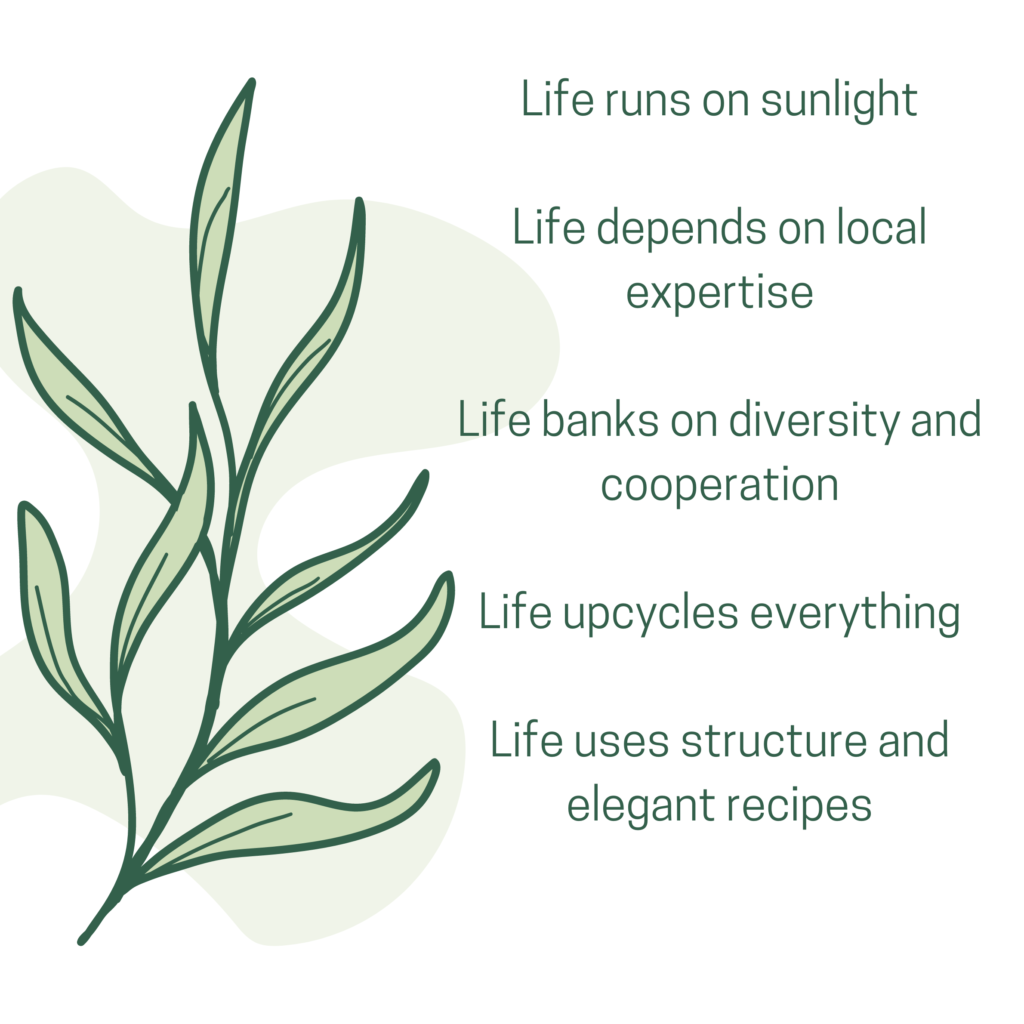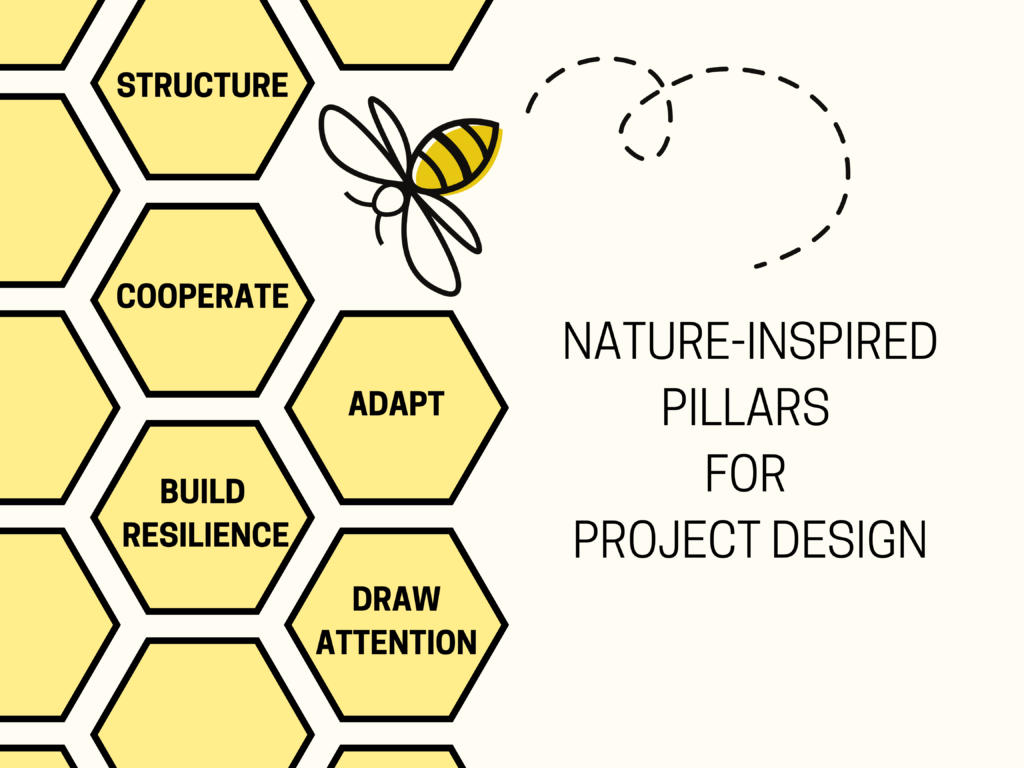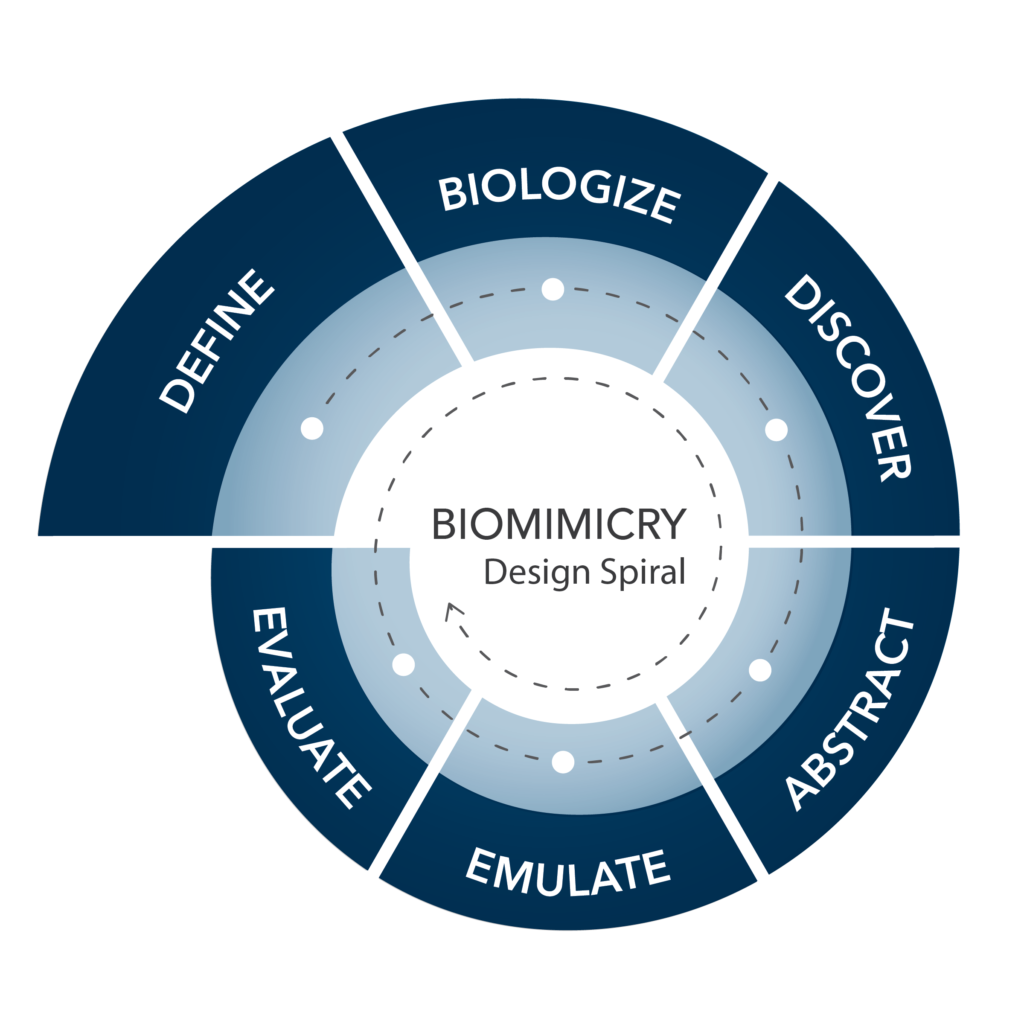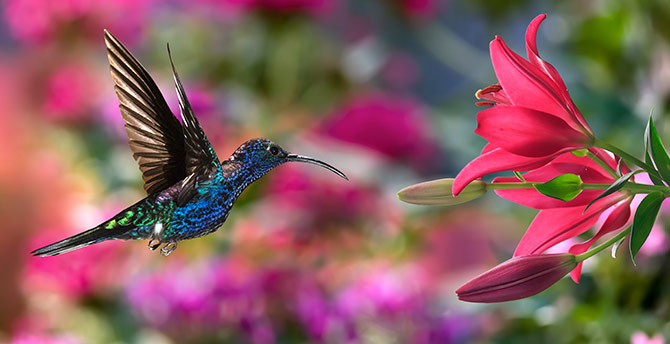Nature as a Mentor
Nature is so cool!
Want an energy boost? Watch this awe-filling video in which Janine Benyus reminds us of life’s inspiring wonders and how much we could learn from Nature.
Biomimicry aspires to emulate nature’s designs and processes to create a healthier, more sustainable planet. This is not a new concept but somehow it just got my mind excited. Actually, it felt more like every cell of my being felt ignited and was filled with joy!
It is so powerfully humbling to be reminded that we, humans, as a young species, have so much to learn from our mentor, Nature, who has done billions of years of research and development.
Life has learnt to create the conditions conducive to life. It takes care of the place that will take care of its offspring through a range of simple principles and elegant strategies.
It got me thinking about the things we intuitively know and do – which might be part of us because we are part of Nature – as well as the potential that becoming more aware about Nature’s ways of doing could teach us.
Patterns and connection
I have come to realise that I love patterns and structure, and that I always look for ways to create connections between ideas. In fact, this is what I am doing right now and the process of writing helps me articulate what goes on inside my head.
Well, if you observe Nature, you will see that life is full of patterns and beautiful structures. Joining the dots, I couldn’t help thinking about patterns and connection; and whether it is possible that the things we do intuitively – like searching for patterns and connections – could be embedded within us (encoded in our DNA even?) because they are part of the way Life works?!
I love the idea of looking up to Nature as a Mentor as, on a personal level, it also nicely brings together at least two of my past identities: that of a materials engineer who used to design solar cells, and that of a sustainable innovation strategist. So the concept speaks to me deeply!
What have we learnt from Nature?
What spikes my curiosity for now is trying to make sense of what we intuitively already know. Looking into this, I searched for Nature-inspired project design frameworks which could help guide the way projects are designed.
I am not talking about the Biomimicry Design Process here that uses Nature a guide for creating solutions – although very cool (more info at the bottom if of interest); or nature-based solutions – although I am also highly supportive of them. What I am referring to here are principles and pillars that could help us frame the way we design, conduct and sustain projects. I am sure someone else must have thought of this before but my googling hasn’t found them yet so I decided to write about it to help structure and share what I had learnt.
Principles
Listening to Janine Benyus’ video, a few unifying principles emerge that could apply as a guide to project design.

The first one especially applies to me if I am the one running the project, I will definitely need my dose of sunlight and fresh air (after all my friends always used to say that I was solar-powered!). The other principles help inform a set of pillars which I feel have always guided the way I’ve designed projects without having consciously articulated those with words or defining a framework per se until now.
Pillars
Beyond the obvious health benefits of spending time in connection with Nature, the lessons taught by Nature permeate through our life more than we often realise.

Pillar #1: STRUCTURE
Whether we look at social insects such as bees or ants with great capacity to self-organise, effectively communicate and work together; or whether we look to the self-assembly of materials creating colour in butterfly wings and abalone shells; structure is everywhere in Nature. Structure can be beautiful and creates magic.

Pillar #2: COOPERATE
Nature develops win-win, reciprocal partnerships that lead to mutual benefits. Think about the interconnection between the mycelium and the health of forest trees or the symbiotic relationship between fungus and algae and/or cyanobacteria which form lichen. Life is connected within and depends on local expertise.

Pillar #3: BUILD RESILIENCE
Concepts such as heterogeneity, diversity, redundancy are part of the biological language where a function can be addressed in a multitude of flexible ways to foster the sustainability of the ecosystem. For instance, pollination of flowers happens thanks to many species of insects and birds. Also, life doesn’t waste anything and upcycles everything.

Pillar #4: ADAPT
Life has learnt to test, learn from experience and adapt. It evolves to survive, is responsive to the movements of the sun and to short feedback loops, integrates the unexpected, and sometimes even shuts down to gain strength.

Pillar #5: DRAW ATTENTION
Life’s beauty is magical. Whether through the strategies it has developed to draw attention to find a partner, like the peacock showing off its beautiful feathers (structured colour here at play again) or like the dandelion’s approach for reaching new grounds and spreading its seeds or messages.

How awesome is Nature! We are a part of it and to me it makes sense that we intuitively learn by observing and experimenting.
At the end of the day, I understand that the life we live is ultimately a story we tell ourselves. Today I decide that it can be more beautiful when we deepen our connection with Nature. Nature gently reminds us the balancing act between grounding our work in real-world impact and growing in the process as humans.
To find out more about the Biomimicry Design Process steps.
Biomimicry Design Process

DEFINE – Articulate the impact you want your design to have in the world
BIOLOGISE – Analyse the essential functions and context your design solution must address
DISCOVER – Look for natural models that address the same functions and context as your design solution, and identify the strategies used
ABSTRACT – Carefully study the essential features and mechanisms that make the strategies successful
EMULATE – Look for strategy patterns to inform the design of your solution EVALUATE – Assess the design concept(s) and refine as needed
